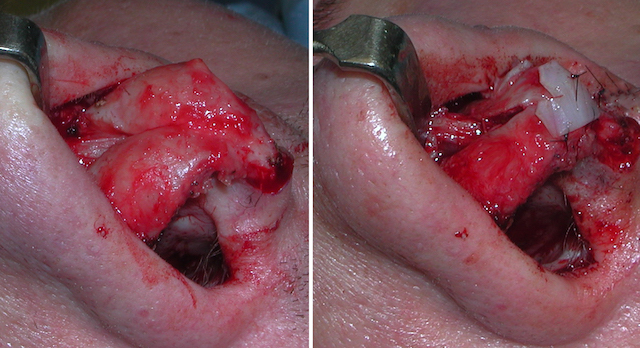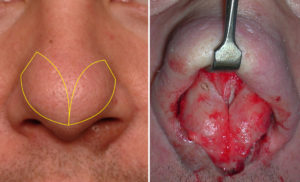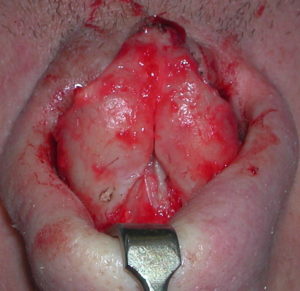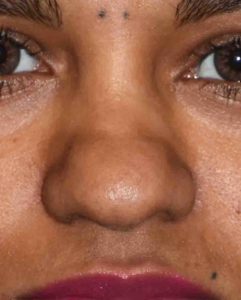The nose can have a wide variety of shapes due to its complex interdigitating anatomy. The nasal bones, septum, upper and lateral alar cartilages create a diverse group of external nasal shapes. Where the greatest variability in anatomic shapes exists is in the nasal tip where the confluence of the lower alar cartilages and septum come together. The differences in the size and shape of these three structures combined with the thickness of the overlying skin makes each person’s nasal tip almost like a unique ‘fingerprint’ for their face.
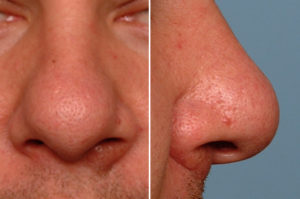
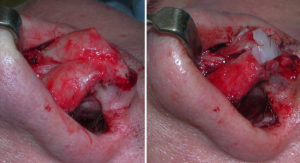


Dr. Barry Eppley
Indianapolis, Indiana

